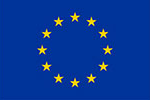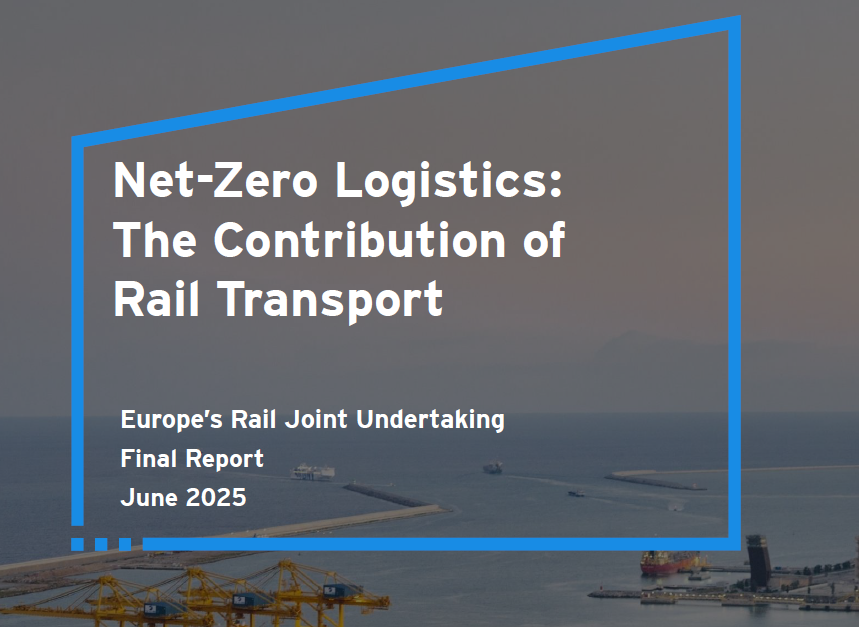Europe must take decisive steps to simplify and modernise its rail systems to strengthen competitiveness,...
The projects funded under the Europe’s Rail 2022-2 Call for Proposals cover everything from railway stations and bridges to increasing rail freight, supporting SMEs and building a railway-based intermodal pod system.
Europe’s Rail has selected eight projects under its 2022-2 Call for Proposals. Worth EUR 35.8 million, the projects involve nearly 100 entities from 22 countries and include some of Europe’s best and brightest researchers and innovators.
Together with the six large flagship projects that have been up and running since 2022, the eight selected projects will contribute to the building of a single European railway area. “These projects contribute to the R&I needed to build the future rail services that passengers and businesses need. These projects will also support the creation of the rail scientific community that will support the innovation in the years to come or will explore rail concepts meeting our European green and social targets, like for example with smart stations,” says Giorgio Travaini, Europe’s Rail Executive Director a.i.
Take for example the Academics4Rail project, which is building a community of railway scientific researchers and academia that will share and exchange scientific knowledge with Europe’s Rail and the European Rail Research Advisory Council (ERRAC).
“Our goal is to optimise railway research by providing new insights on funding needs and use, existing themes for research, and scientific necessities for the future of European railways,” remarks Carolina Cardea, Europe’s Rail Programme Manager.
As to new railway station concepts, the RAIL4CITIES project is working to develop an operational, readily available and highly applicable model that will position rail stations as a key promoter of sustainable cities.
“Railway stations hold a unique position in the urban landscape – they act as both complex nodes of mobility and transport and as public places that can be seen as integral elements of the city,” explains Cardea. “Consequently, stations have a decisive impact on their urban surroundings as places of everyday life, affecting all stakeholders, including citizens and the environment.”
To leverage this unique positioning, the project is developing tools that decision makers can use to transform stations into hubs of sustainability, with a focus on green and active mobility, energy efficiency and socially inclusive services.
From DACs to SMEs
The projects also support the development of an industrial roadmap for digital automatic couplers (DAC), as well as identify opportunities on how SMEs can build resilience in terms of the European rail supply chain.
When it comes to DAC, the DACcord project aims to support the preparation of the planning for the roll-out of a Europe-wide DAC capable of boosting European rail freight. Working closely with the and the Flagship Project 5 TRANS4M-R.
“Shifting freight transport from road to rail requires new technologies like DAC, which can digitalise and automate rail freight operations,” says Javier Ibanez de Yrigoyen, Europe’s Rail Senior Programme Manager. “By supporting the implementation of this game-changing technology, the DACcord project will help open the door to full digital rail freight operations in Europe.”
Rail bridges and rail freight
Furthermore, the funded projects will develop harmonised methods for assessing the European interface between railway bridges and rolling stock, along with providing an overview of the rail freight services currently available in Europe.
As to the former, the InBridge4EU project is developing procedures to revise and enhance some of the normative criteria used to evaluate the dynamic performance of railway bridges stipulated in Eurocodes and Technical Specifications for Interoperability (TSIs). To do so, the project is using advanced numerical modelling and dynamic analyses of both bridges and railway vehicles. It is also developing extensive databases of bridge and rolling stock data obtained from the project’s different partners.
“The shift to more sustainable mobility systems is one of the major factors to achieving the European Green Deal’s goal of making Europe the first climate neutral continent by 2050,” remarks Cardea. “Railways play a crucial role in this regard, but it is essential to enhance the current resilience and capacity of the network, in particular of lifeline structures as bridges.”
Regarding rail freight services, the ESEP4Freight project is set to support an easy, cost-efficient and sustainable shift of freight flows to rail as the fastest way to decarbonise freight transport. “Strengthening the role of freight rail in the transportation market starts with attracting the attention of freight customers,” says Ibanez de Yrigoyen.
According to Ibanez de Yrigoyen, one way to raise awareness about rail freight is to provide customers with high-quality and open information about the possibilities of rail transport and the associated benefits of rail freight – which is exactly what the project intends to do with its intuitive web platform.
Once finalised, the platform will feature a set of unique services, including an interactive map of the existing European rail freight infrastructure with routes and schedules viewers, as well as a CO2 calculator, contract toolbox and matchmaking function.
Bringing together a large number of actors from across the European logistics system, the ESEP4Freight project also hopes to propose a number of recommendations to adapt intermodal transport’s current contractual and legal framework to better meet today’s supply chain needs.
Rail and road are two peas in a pod
Last but not least, there are the MaDe4Rail and Pods4Rail projects. On the one hand, MaDe4Rail aims to explore the use of magnetic levitation technology for traction power and its application to European railway network. In addition to developing the maglev technology itself, the project will also work to identify different viable use cases for this technology.
“We want to lay a foundation of knowledge for maglev-derived technology that will serve as the research basis for developing system requirements, specifications and architecture,” notes project coordinator Giuseppe Carcasi.
He says that these specifications and systems are expected to cover propulsion, power supply, command, control and signalling, safety and emergency, automation, communication and data processing, as well as their interfaces.
The project will also design a prototype vehicle that will be used to test and validate both the economic and technological feasibility of the developed solutions on at least one of the identified use cases.
The Pods4Rail project, on the other hand, will look at how disruptive innovations can move between rail and road infrastructures. “The demand for sustainable solutions for transporting people and goods forces us to rethink and find new approaches and innovations,” notes Pods4Rail project coordinator Dirk Winkler. “Pods4Rail aims to harness advances in connectivity and automation and the existing rail infrastructure to push the concept of intramodality beyond established ideas.”
At the heart of the project is a railway-based intermodal pod system.
With the ability to carry passengers via both rail and road, these autonomous electric pods have the potential to revolutionise urban mobility. “Pods can be used to better adapt rail transport to the needs of users through greater flexibility, customisation and efficiency and to realise needs-based rail transport using existing or to-be reactivated railway infrastructure, in combination with other modes of transport like road or ropeway,” adds Winkler. “This will improve the quality of life in urban and rural areas and contribute to a more sustainable and efficient future of mobility.”
Results ahead
All eight projects are now fully operational and in the process of delivering results, and Europe’s Rail is confident that, together, they will raise significant interest in the research and scientific community – and beyond.
“I look forward to seeing the results from these new research and innovation projects, which will further advance our sector’s scientific knowledge and technical know-how and help ensure that European rail is fit for the future,” concludes Travaini.
More information on projects funded by Europe’s Rail can be found here.
















